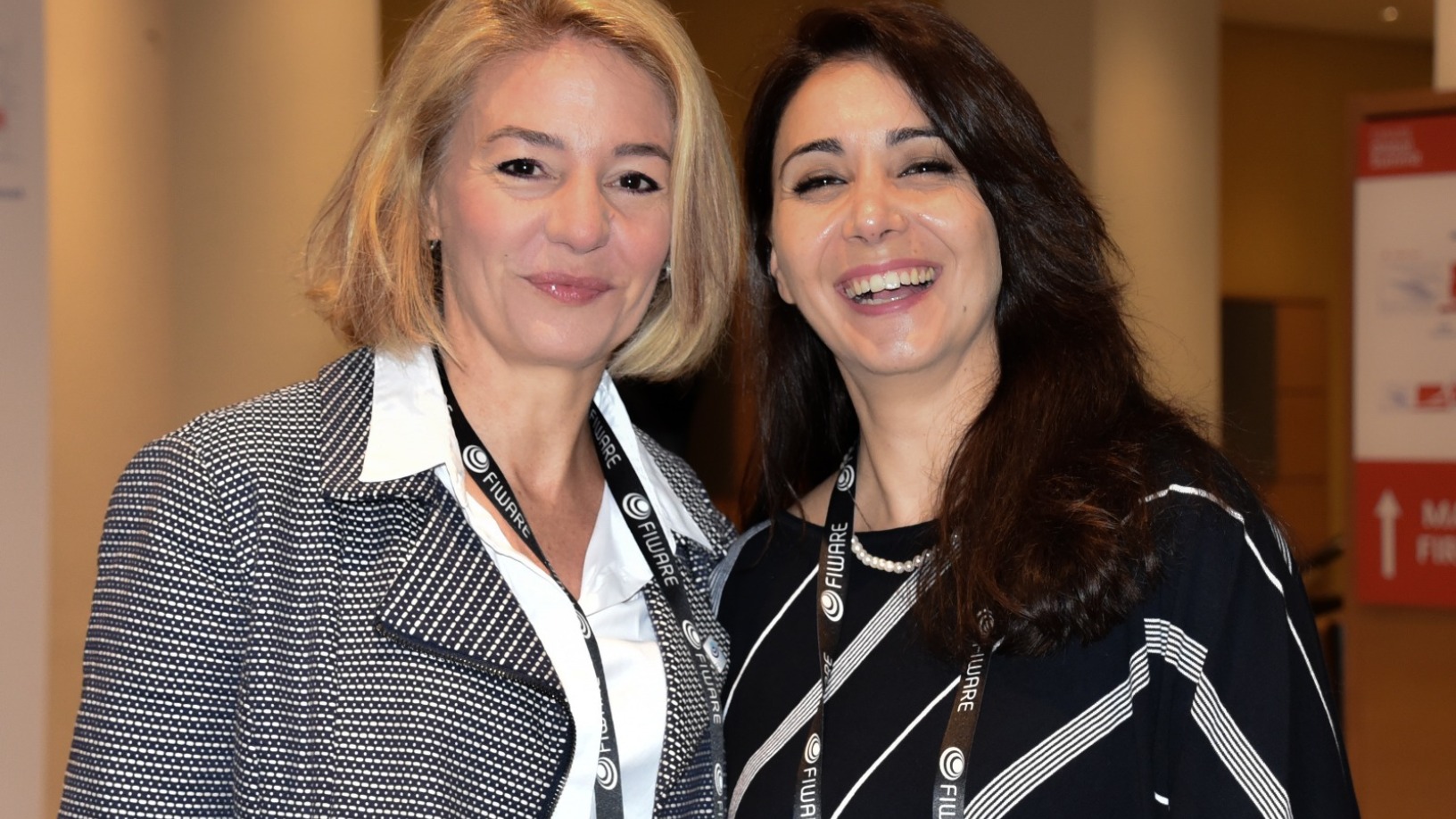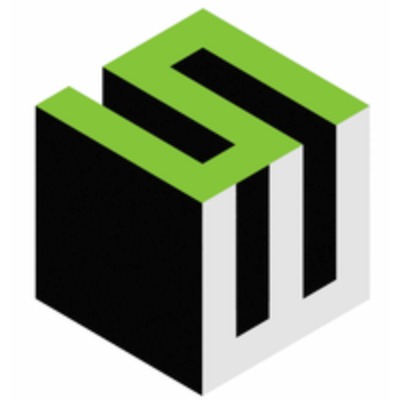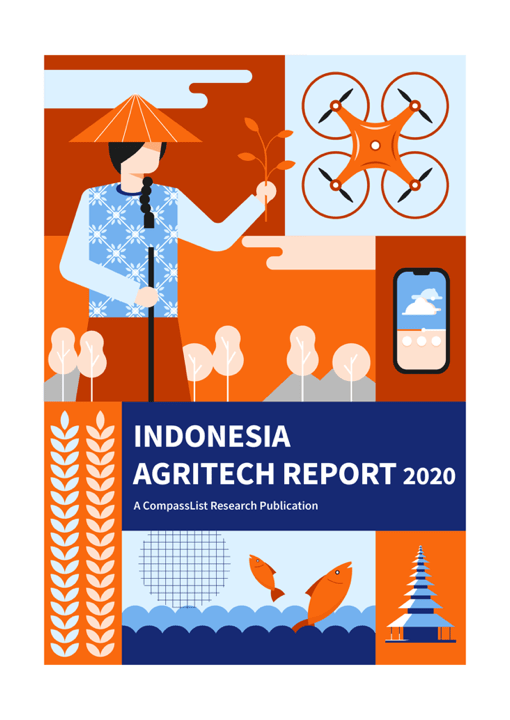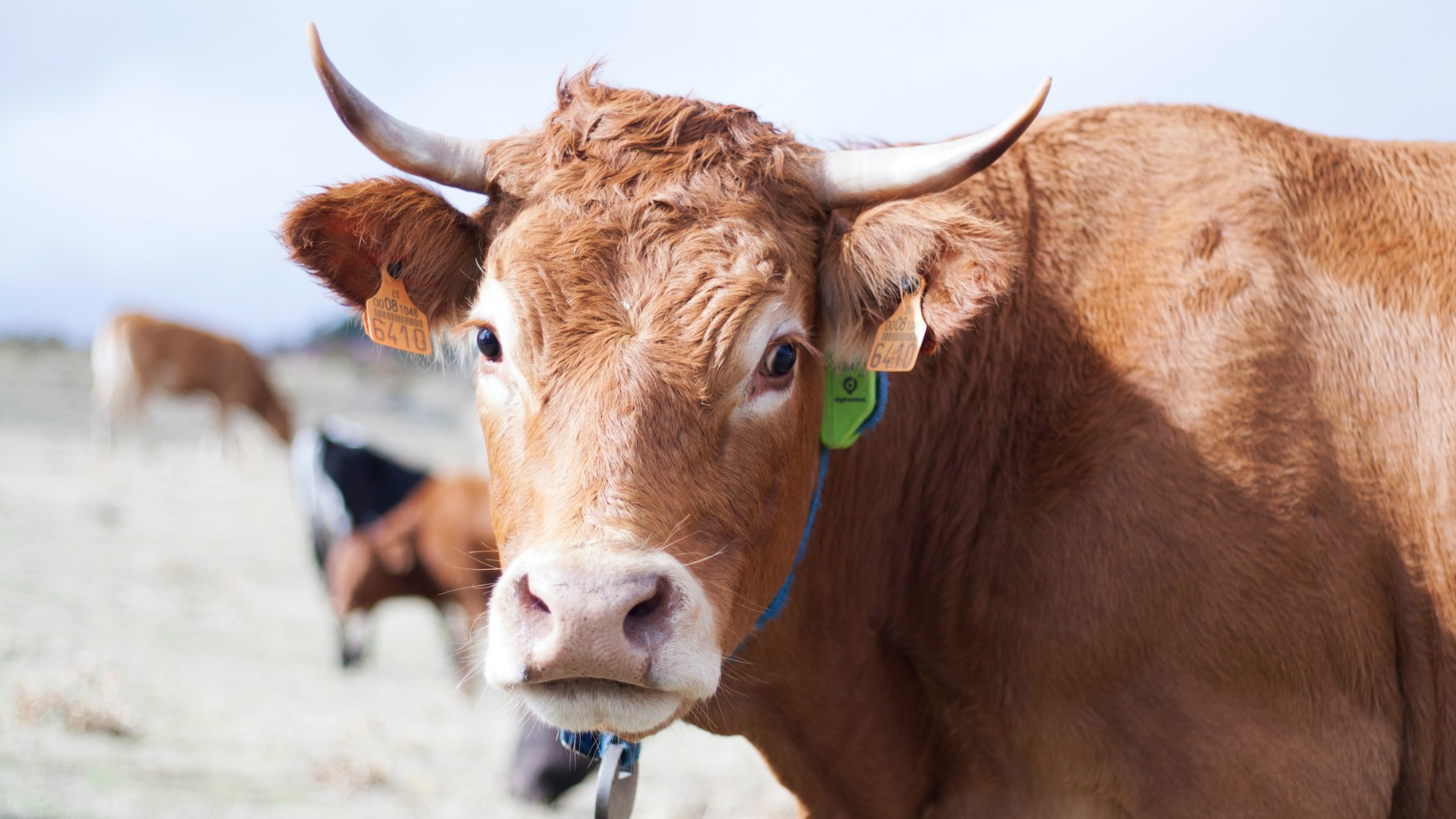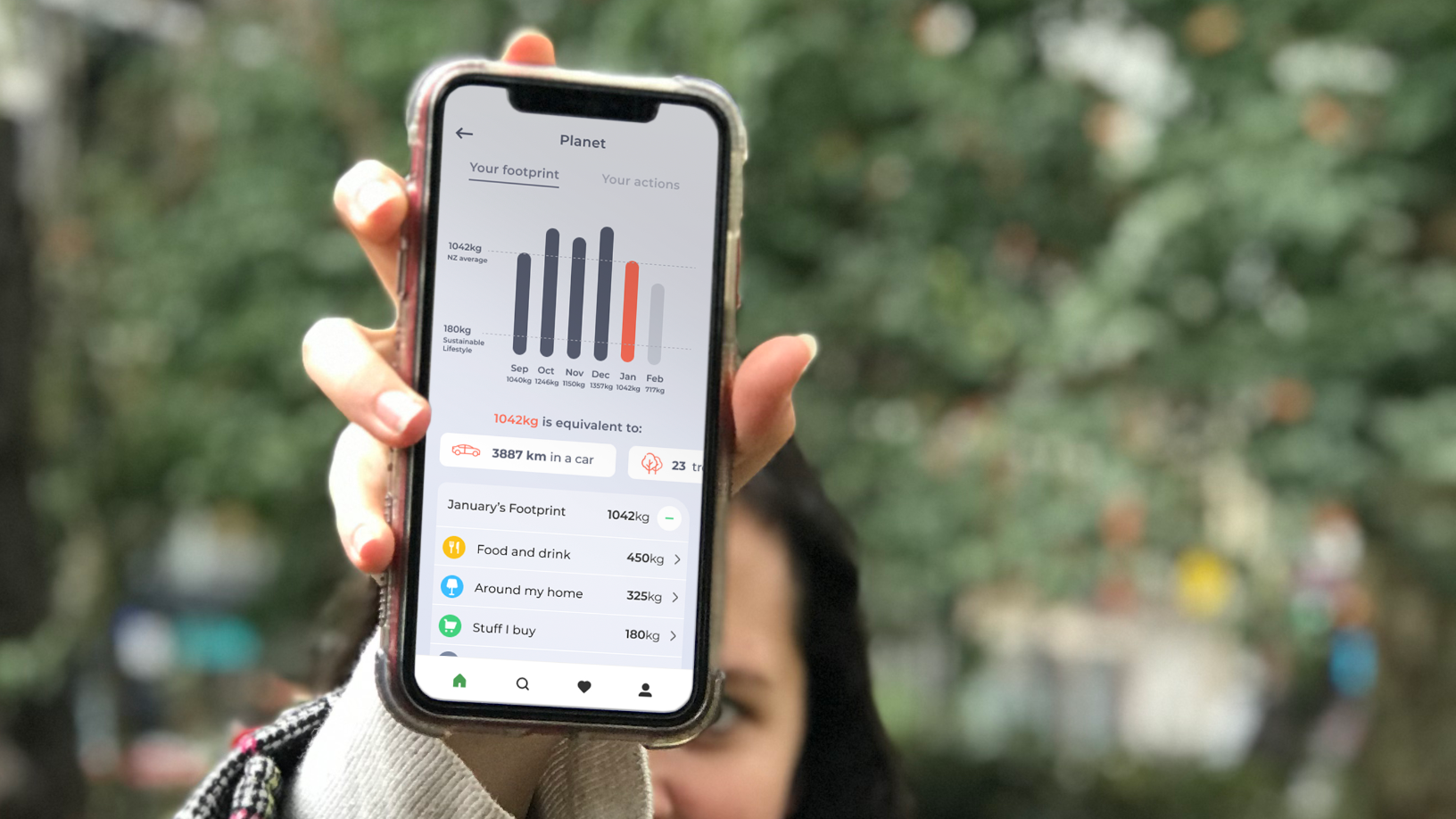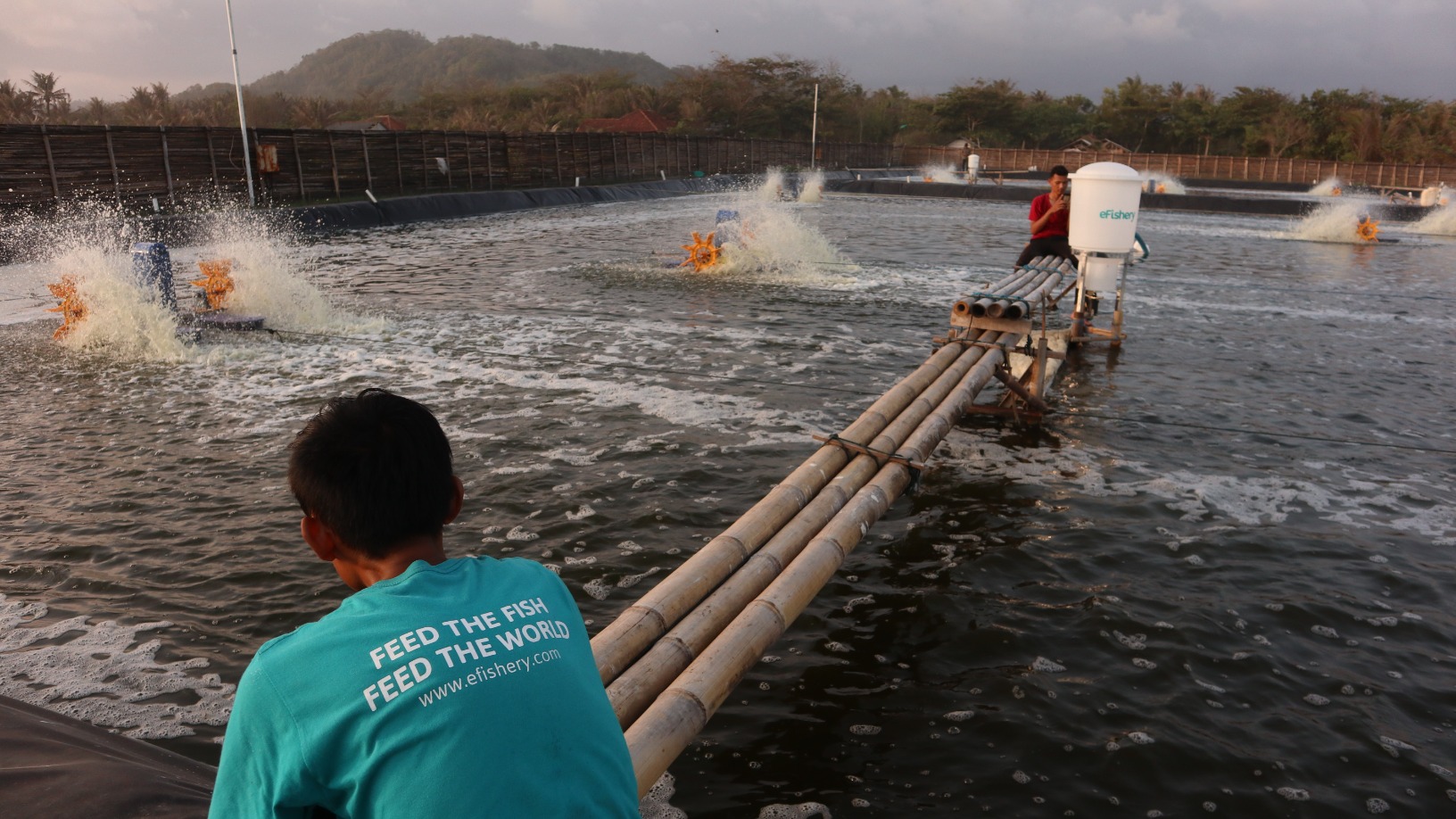FIWARE Accelerator, the accelerator program supporting startups and projects that create smart solutions using FIWARE’s open source IoT technology, has relaunched with a new segment connecting the startups with VCs and other investors.
Since the European Commission (EC) launched its open source IoT platform FIWARE as part of the Future Internet Public Private Partnership Programme (FI-PPP) in 2011, implementation of its application programming interfaces (APIs) has enabled the affordable development of IoT applications across the public and private spheres.
Used to develop IoT solutions in key sectors identified by FIWARE – namely, Smart Cities, Smart Industry, Smart AgriFood and Smart Energy – the APIs are designed to be easy to use. Publicly available and free to use, the universal set of protocols allow the transfer, processing and management of real-time data across the FIWARE infrastructure network.
Today, over 170 cities and more than 8,000 developers from 1,000 startups use FIWARE’s APIs. Under the older FIWARE Accelerate Program, startups and projects creating FIWARE-based smart solutions received total funding of €80m from 2014–2017, sponsored by the European Union (EU). Startups that have thrived under FIWARE’s acceleration include Spanish farming animal welfare IoT platform Digitanimal, Italian mobility-as-a-service software OpenMove and French carbon monitoring and trading platform Everimpact.
A consortium made up of European telcos Orange and Telefonica, together with related infrastructure giants France's Atos and Italy's Engineering Ingegneria Informatica, has also accelerated the development of FIWARE-enabled solutions for smart city infrastructure, primarily in the EU. FIWARE Foundation, the Berlin-based not-for-profit organization, promotes the propagation of the technology.
In an interview with CompassList in July, FIWARE Foundation’s CMO Cristina Brandtstetter and Marketing and Project Manager Tonia Sapia discussed the objectives, work and expansion plans of the newly relaunched FIWARE Accelerator, which Sapia leads.
Brandtstetter is a seasoned operations executive, consultant and business development expert who spent almost 18 years at Siemens, with a decade in the latter capacity. Prior to joining FIWARE, Sapia was Professor of Methodology and Techniques of Quantitative and Qualitative Research at Bethlehem University in Palestine, and led the strategic business development initiatives in the EU-funded accelerators, frontierCities and frontierCities2.
This interview has been edited for length and clarity.
Could you start by explaining why FIWARE Accelerator was created? What has been the scope of its development to date?
Tonia Sapia Following the initiative of the EC with the FI-PPP, FIWARE Accelerate was designed to accelerate European digital systems in both public and private sectors, and in joint partnerships. This means the development and take-up of future or emerging technologies in Europe, the advancement of the European market for smart infrastructures, and more efficient internet business processes.
The idea was to bring together private and public entities, especially local governments, to facilitate the development of smart solutions in often overlapping areas – Smart Cities, Smart Industry, Smart AgriFood, Smart Energy, Smart Health, Transport, Environment, among many others.
Between 2014 and 2017, when the FIWARE Accelerate Program ended, startups and projects creating smart solutions using FIWARE technology received total funding of €80m under the Program, sponsored by the EU. Out of the more than 8,000 proposals received in 51 open calls since our launch in 2014, FIWARE Accelerate granted funding to 1,041 applications to create solutions with FIWARE technology.
Where has the uptake of FIWARE technology been most marked?
TS. FIWARE's promotion has been equal across Europe, but we’ve attracted the most applications from the Mediterranean countries, with the number of applications reflecting the economic situation in each country. Shortlisted startups from EU-associated countries, such as Israel, are also eligible for funding.
Cristina Brandtstetter Besides economic conditions, technology adoption has played a big role, too, as it was the southern European nations that started really early being active in open source. Today, we have Lithuania in the north, which is strongly moving into this. But when you look at Germany, it began significantly moving toward open source only last year. We are still a little bit “southern-weighted,” and we are now aiming for growth into Eastern Europe as well.
Is there also interest from outside of the EU in FIWARE implementation?
CB. The EC is definitely in favor of FIWARE's global application. We are regularly invited to present FIWARE in Washington, in the US, where the EC has a seat . We have also just opened our first FIWARE Digital Innovation Hub (iHub) in Texas. A consortium between Volpi Ventures, Top Energy USA, Zorrito Capital and ITD America, the TEXAS Project FIWARE iHub in Austin aims to nurture the development of the local economy via workshops, events and skills training focused on Smart Energy, Smart Health, Smart Cities and Smart AgriFood. (Note: FIWARE iHubs provide local and regional FIWARE ecosystem development services.)
Of course, we are strong in Europe where the market is really growing still. We are very present in South America and Asia, too. India is inviting high-level decision-makers from the EC to present smart city initiatives that are already running successfully in Europe, to implement FIWARE for smart cities there.
Another example is the Society 5.0 in Japan where high-level talks have already taken place to position FIWARE in the Society 5.0 architecture.
The EC is definitely in favor of FIWARE’s global application
How has FIWARE’s acceleration changed since it started in 2014? Could you tell us more about your new program?
CB. FIWARE Accelerator is not like a traditional accelerator, in that ours is a continuous program of acceleration with access to third-party accelerator programs. There is no end date. We offer the advantages of traditional accelerators like matches with investors and pitching, not for just six months, but on an ongoing, continual basis. When a partnership ends depends partially on the cycles we have with the participating accelerators.
TS. As a non-for-profit, we don't directly manage the open calls; therefore we don't manage the funding given to the startups. From 2014–2017, about €20m in total was provided to the participating third-party accelerators to cover their costs.
In mid-2020, FIWARE began a new chapter with the FIWARE Accelerator matchmaking VCs with entrepreneurs, with the aim of helping high-potential startups and SMEs to develop and roll out innovative smart solutions. The entities, Zabala and Gateway49, have been brought on board to deliver technical training and create business opportunities for startups and SMEs. Many more similar agreements are in the pipeline and will materialize soon. The target groups are: startups, SMEs, VCs and other investors.
What’s also key is the visibility and scalability that a startup gains from joining FIWARE Accelerator. For example, technological development is usually the most expensive cost for startups, but our startups don't have this issue – as they can use our platform, the same platform, to scale by developing solutions in other verticals. Most have developed their solutions from scratch with us.
One example is Italian startup PHOOPS, which in 2019 won a tender to develop a FIWARE-based smart mobility app from scratch for the city of Florence.
Via our program, participants get a lot of opportunities: we have just promoted 34 open calls in just eight months, with several opportunities for funding. Our annual Global Summit also means meeting possible partners or opportunities to join European projects.
Note: A list of acceleration programs offered under the FIWARE Accelerator Program is available here.
What are the prerequisites for applying to FIWARE Accelerator?
TS. The idea is to develop projects from scratch so the development stage of the technology or the startup is not important; the important thing is to create your solutions using FIWARE. Some of the startups were created by a group of friends getting together and got to grow thanks to the financing opportunities FIWARE offered. Applications just need to submit a business plan with a minimum of two persons in the team, and they must have some technical and marketing experience.
CB. Also, what makes us different from other programs is that we focus on engaging our applicants with FIWARE technology, which we are aware people might not have experienced before. So it's a kind of onboarding. You only need a basic understanding of programming gained from any tech background.
To get into FIWARE Accelerator, you can do some live or online training with us, and, within a couple of days, get started with programming. Many of our startups didn't have any FIWARE experience and created solutions during our hackathons.
The people working with open source are very used to working offline so for the acceleration, participants can live anywhere in Europe and beyond, and do it from home. The total numbers admitted depend on the VCs we are working with, as they set those prerequisites and they vary. But for us, the numbers are unlimited.
What’s also key is the visibility and scalability that a startup gains from joining FIWARE Accelerator
TS. We have also begun looking at admitting more incubators, accelerators and VCs. As a proof of concept of a new way of working with VCs, in October 2019, we started working with some VCs that will receive support from FIWARE for business opportunities. Together with Spanish R&D finance consultancy and incubator Zabala, we organized an event in Germany, in October 2019, to match startups with mostly German VCs, with the participation of five companies and two VCs for each company.
CB. This event was organised in response to feedback from VCs, who had been telling us they had problems finding startups working on open source projects. We are now also playing a different role, connecting the VCs with companies that use FIWARE technology.
We will look to matchmake them as the market has not created the mechanisms to enable this. This was a past criticism of FIWARE, although that had nothing to do with the technology, but with the market mechanisms. If you have a sea change of tech moving from proprietary to open source, until the market is ready, there will be teething problems. Now, we have proven that it can be done.
What format will this new phase of acceleration take? What kind of sectors, startups and other entities are you targeting?
CB. We started really about six weeks ago to publicly launch this new phase of acceleration with funding entities like German VC Gateway49. These VCs run many programs. We should have, by the end of the year, more than 100 programs on offer and startups can go from one accelerator program to another. The funding available will be dependent on the kind of open call.
There are still the four target industries that do overlap: Smart industry, Smart Cities, Smart Energy and Smart AgriFood. Because we are running a lot of programs with the EC on fresh- and wastewater and the Blue Economy, Smart Water might be our next official vertical.
Sustainability is, of course, a big deal that can really encompass almost anything and we want to see more startups in this area.
We are also covering tourism increasingly. And last but not least, we have started going into Smart Health, motivated by Covid-19. We have launched a huge program in the Veneto region of Italy with a ready-to-use FIWARE-based biosurveillance system solution for hospitals and service providers, providing a holistic view of contextualized information coming from different data sources.
TS. We signed an agreement with Zabala, but we are not just looking within the EU. Last week, we met with another incubator in Beirut, Lebanon, which specializes in Smart Food and Smart Water. They are looking for a partnership in Europe as they want their startups to use FIWARE in their solutions. We are also looking for US partners, including VCs.
We are also promoting the creation of FIWARE iHubs in places where there are authorities interested in moving to using FIWARE, and so we create these development hubs. We already have 18 of these running and our aim is to get at least five more iHubs under contract in 2020.
What is a major challenge that you currently face? Are private cloud infrastructure providers like IBM and Amazon your competitors?
CB. Besides the aforementioned need for more VC involvement with FIWARE-accelerated projects, also, because this is the open source world, nobody is obliged to give us information so we have a lack of insight into usage and data.
Open source does not give us the chance to have control of each user. You can download the code off our website and implement what you like, and we might hear back from you two years later, or not at all. So, we can't even know nowadays all the projects that deploy FIWARE technology, and it can be embarrassing if a mayor comes to us, and says his or her town or city has been working with us for three years and we didn't know about it.
We might hear from them and they might come back to us when they have a solution that's ready to launch, but only if they want to launch it together with FIWARE.
On whether players such as IBM and Amazon are competitors, yes, they are also accelerators but they are very different. IBM acquired Red Hat, one of the biggest open source providers in the world, which joined FIWARE Foundation as a Platinum Member earlier this year. I am leading our collaboration with Red Hat.
Even the big players like IBM moved quickly into open source – and they really presented the Red Hat deal as though it were a corporate merger, blending their logo colors together. That is a tremendous new approach for the market, and IBM see that this is the future.
If you look at the revenues which the FIWARE Foundation lives off of, they are mainly coming from membership fees and funded projects, so we cannot be placed under the same category as a typical accelerator.
FIWARE Foundation is a strategic partner of CompassList.
